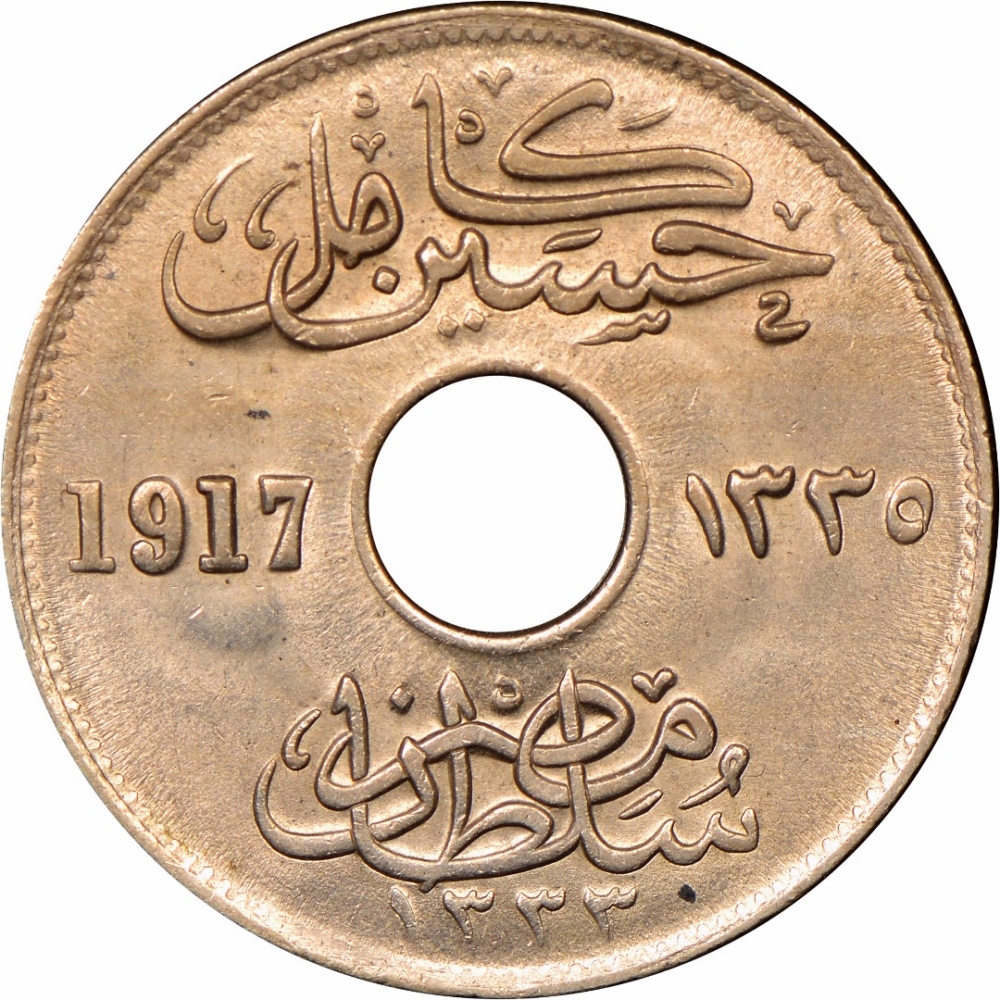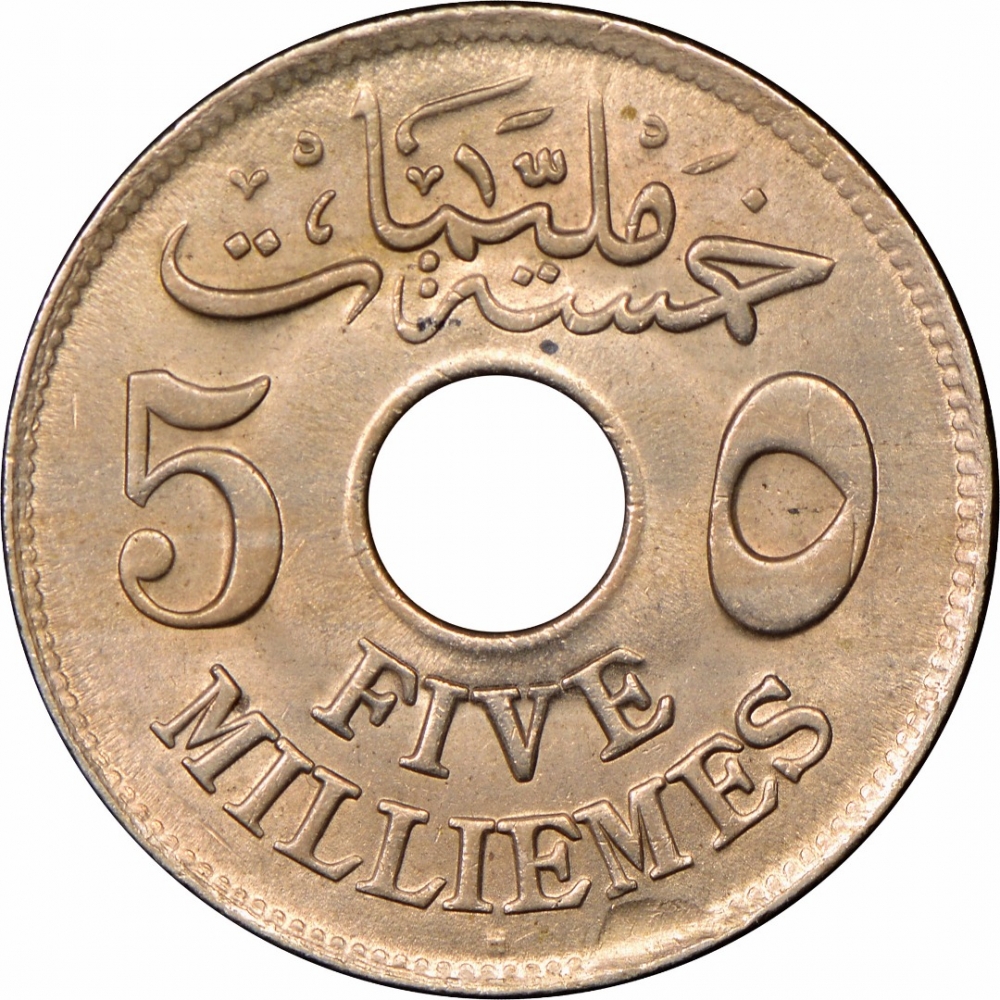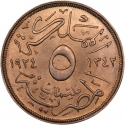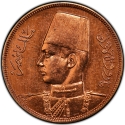You are about to finish your registration. Please check your mailbox (including spam folder). There should be a letter with a confirmation link. Check setting to make sure that your e-mail address is correct.
Send letter againDescription
The Sultanate of Egypt was the short-lived protectorate that the United Kingdom imposed over Egypt between 1914 and 1922.
From 1882-1922, Britain formally occupied Egypt and controlled its government. At first, in what was called a veiled protectorate, Britain managed the Egyptian budget, took over the training of its military, and (although it had no legal authority to do so) basically ran Egypt through a series of commissions designed to protect British investments. The veiled protectorate lasted from 1882-1914, after which Britain declared war on the Ottoman Empire and named Egypt a formal protectorate, meaning it took complete control of the nation. However, the movement of British troops out of Cairo during World War I gave revolutionaries a chance to unite and anti-British rebellions popped up. In 1922, Britain resolved the problem by declaring Egypt independent.
Sultan Hussein Kamel (1853–1917) was the Sultan of Egypt from 19 December 1914 to 9 October 1917. He was declared Sultan of Egypt on 19 December 1914, after the occupying British forces had deposed his nephew, Khedive Abbas Hilmi II, on 5 November 1914.
Obverse

|
Center hole divides the sultan's name (Hussein Kamil) and title (Sultan of Egypt) vertically, date of the accession (all coins have the same date ١٣٣٥) horizontally, actual date below. حسين كامل |
|---|---|
Reverse

|
Center hole divides denomination with numerals on the left and Arabic on the right, in addition to the denomination in words on the bottom with the mintmark (if any). خمسة |
| Edge |
5 Milliemes
Sultanate, British Protectorate
KM# 315 Schön# 27
Characteristics
| Material | Cupronickel |
| Weight | 4.75 g |
| Diameter | 23.1 mm |
| Thickness | 1.48 mm |
| Shape |
|
| Alignment | Medal |
| Mints |
Bombay Mint (no mintmark) Heaton Mint, Birmingham (H)
|







